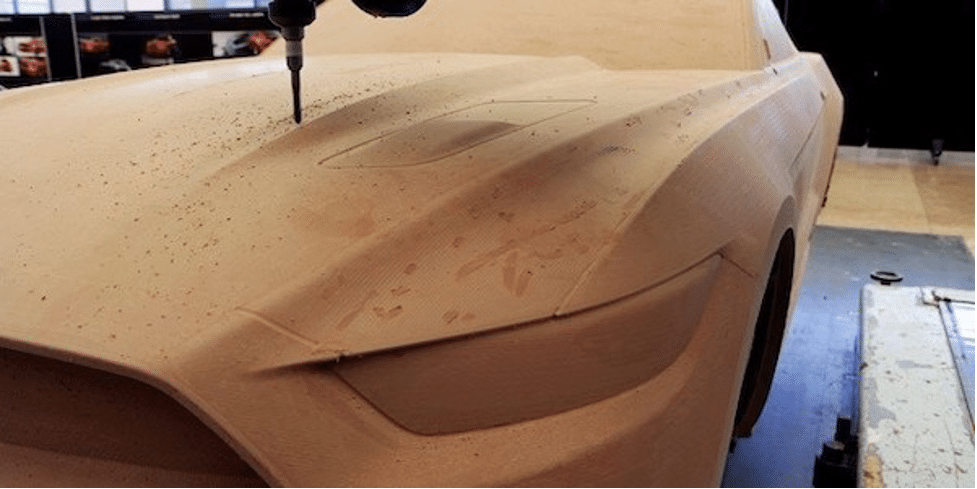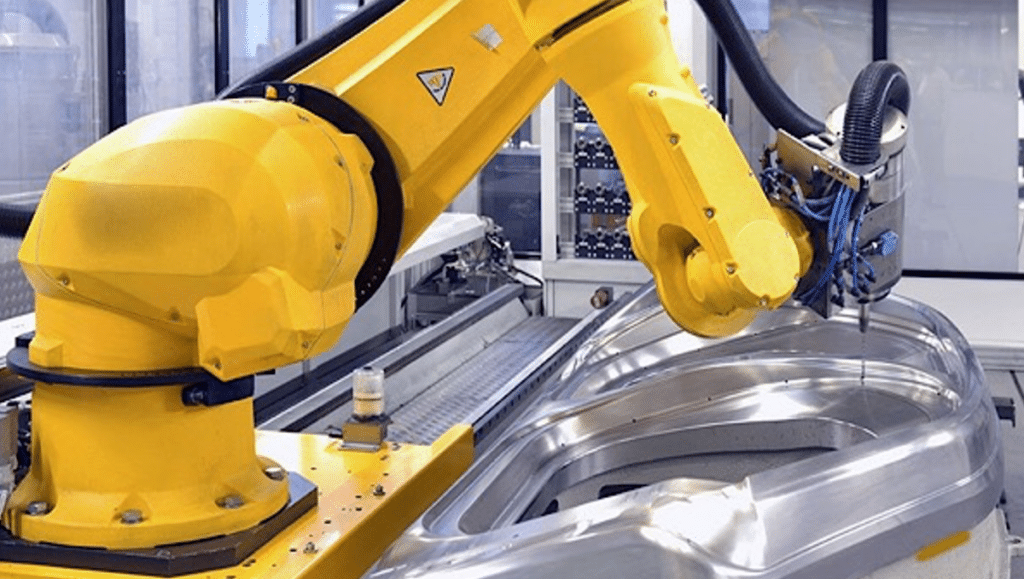Innovation in the automobile manufacturing industry is anchored by a constant search for increased productivity, accuracy, and the capabilities of rapid prototyping manufacturing. The traditional methods of machining are limited by long lead times, high costs, and limited design iteration. The use of adaptive machining techniques becomes a game-changing pillar in response to the growing need for thorough and efficient complete prototype services.
Adaptive machining solutions overcome these restrictions by incorporating dynamic changes and feedback loops into the machining process. This enables machines to respond to variations in material characteristics, tool deterioration, and unforeseen circumstances, resulting in:
- Shortened lead times: Accelerated machining and reduced iterations result in a faster time-to-market.
- Cost reduction: By optimizing toolpaths and minimizing material waste, expenditures are minimized.
- Improved design iteration: The ability to make alterations in real time facilitates the investigation of several design possibilities.
Use of Adaptive Machining in Automotive Parts Prototyping
Adaptive machining is a technological innovation that improves precision, efficiency, and the capacity to work with different materials, particularly in the manufacturing of complex automotive components. It is vital for the manufacturing of the following automobile components,
- Engine Blocks and Cylinder Heads: These components need precise machining to create internal channels, tiny bores, and delicate features within certain tolerance limits. Adaptive control uses real-time data on spindle load and vibration to dynamically adjust feed rates and cutting depths to improve material removal.
- Gearbox Housings and suspension components: Gearbox housing components are made from aluminum housings with reinforced steel inserts while the suspension components are made from steel and aluminum alloys. Adaptive systems use advanced algorithms for toolpath optimization to adjust cutting parameters in real time based on input from vibration sensors and measurements of the component’s shape throughout the manufacturing process.
- Wheel Hubs: The precision machining of bearing seats, bolt holes, and hub flanges is crucial for ensuring safety since these components make up the wheel assembly. By using laser scanning to monitor spindle load and component geometry, adaptive control systems make immediate adjustments to cutting settings to maintain optimal chip load and surface quality on these components. This ensures unparalleled driving safety and performance by offering optimal mating surfaces for bearings and precise wheel fit.
Adapting Machining Technique
a. CNC Machining and Its Adaptability
Current CNC machines, which are key to adaptive machining, are equipped with an advanced network of sensors and intelligent software that collaborate to collect vital real-time data. By using a data-driven approach, machines are enabled to make intelligent modifications, resulting in substantial improvements in the prototyping of automobile components.

The CNC machining is assisted by techniques in improving adaptability during automotive prototyping, such as adjusting spindle speed, vibration, and accuracy in part geometry. The data from the above techniques helps the CNC machining in adapting optimized feed rates, spindle speeds, and tool path and minimizing tool wear during the machining process.
b. Real-Time Adjustments in Machining Parameters
Modern adaptive machines come with different sensors and through the analysis of sensor data, its software can make real-time adjustments to various machining parameters such as feed rates, spindle speed, and cutting depth of the tool during each pass.
The force exerted by the material being cut on the tool is referred to as the chip load. The machine may provide a constant chip load by optimizing these parameters. By ensuring precise and efficient machining, this approach minimizes the wearing out of tools and maximizes the quality of components.
c. Toolpath Optimization for Automotive Parts
Toolpath optimization for automotive parts is crucial for adaptive machining since it generates cutting tool paths that are efficient and devoid of errors. This technique considers factors such as the geometry of the part, material properties, and machining capabilities.
Adaptive machining improves the machining of automotive parts by, Reducing the length of toolpaths resulting in faster output, hence decreasing machining time. It also minimizes material waste by utilizing more efficient toolpaths leading to reduced costs and environmental impact.
Adaptive Control Systems in Automotive Machining
Adaptive control systems are at the core of precision engineering in automotive machining. These systems’ machining tools use high-precision sensors to capture data on factors such as temperature, vibration, tool wear, material properties, and environmental conditions. They use adaptive algorithms to dynamically adjust the machining settings based on real-time predictive modeling.
These machines are very effective for material removal and assembly in automotive components. Adaptive control optimizes cutting settings in camshaft or crankshaft machining based on tool wear, ensuring prolonged tool lifespan and consistent component quality. It is also used to enhance the accuracy of machining gearbox components with complex geometries by adjusting different parameters such as spindle speed, feed rate, and material properties.

Integration of AI and Machine Learning in Automotive Prototyping
The use of artificial intelligence (AI) and machine learning in the field of automotive prototypes signifies a groundbreaking shift driven by sophisticated computer systems and state-of-the-art data analytics. This expertise is very valuable for handling complex data with many dimensions and sophisticated geometries.
AI-powered optimization in the automotive prototype field involves making exact adjustments to spindle speeds, tool paths, feed rates, and cooling techniques.
Simultaneously, machine learning algorithms use predictive analytics to forecast the rate at which tools wear out by using knowledge produced by artificial intelligence. These models derive patterns from historical data using techniques such as random forests, support vector machines (SVMs), or long short-term memory (LSTM) networks which helps enable the implementation of proactive maintenance techniques in the automotive industry.
In the whole prototype service architecture, the ability to predict tool degradation allows for early interventions, such as replacing and maintaining tools. This helps to minimize unexpected periods of inactivity and showcases the transformative impact of AI on automotive prototype design.
Conclusion
Adaptive machining processes are a paradigm change in the rapidly changing field of automobile parts prototypes. The automobile production environment is being redefined by the combination of adaptive control systems, real-time parameter modifications, optimized toolpaths, adaptive CNC machining, and AI-driven improvements. The incorporation of these technologies into comprehensive prototype services is driving the automotive component development industry toward previously unheard-of levels of efficiency, accuracy, and agility. This thorough use of adaptive machining techniques represents the advancement of production processes and sets new standards for precision engineering in the automobile sector.
Angela Spearman is a journalist at EzineMark who enjoys writing about the latest trending technology and business news.

